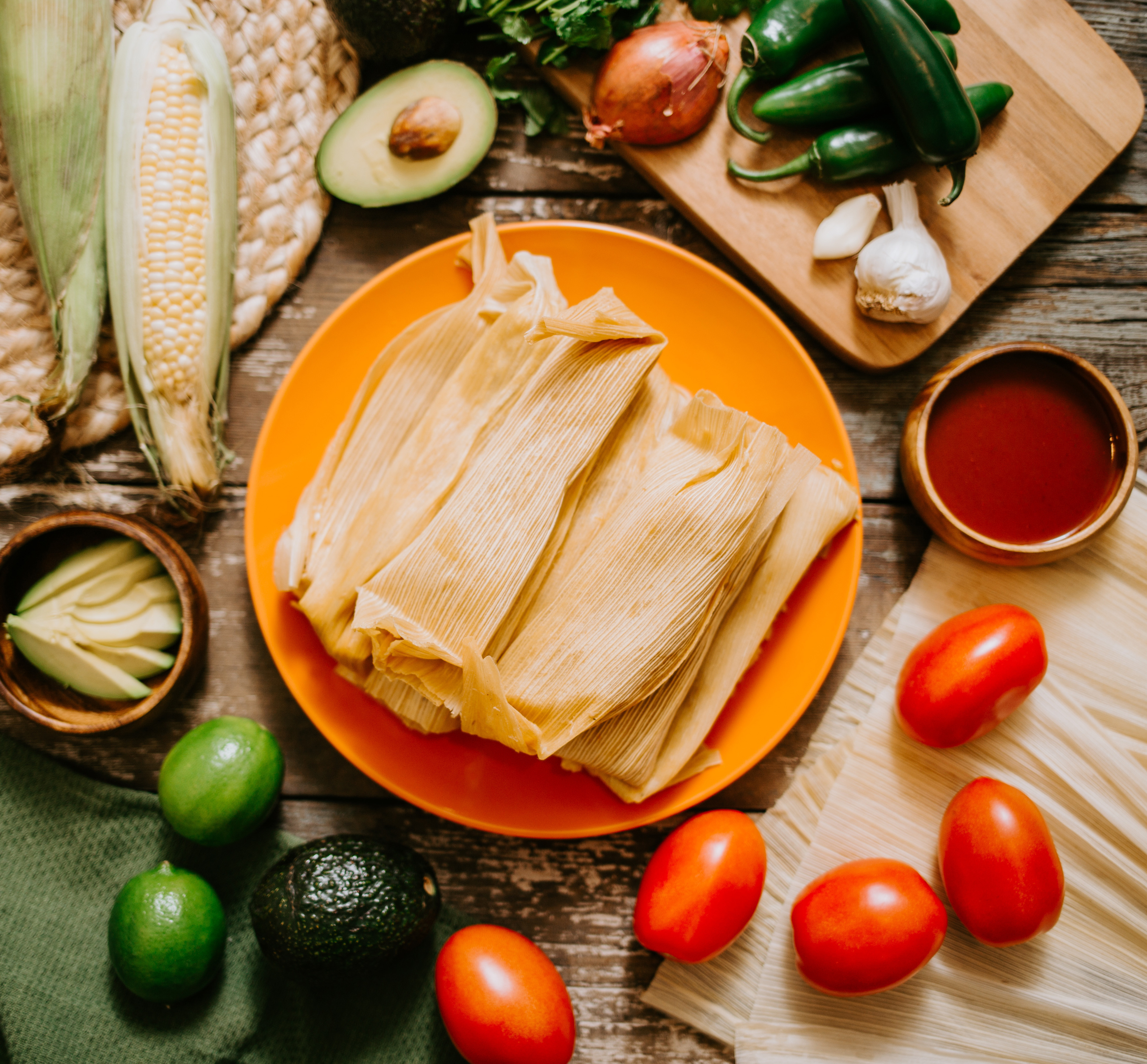
Masa, a traditional ingredient in Latin American cuisine, holds a special place in the hearts and taste buds of food enthusiasts. Derived from corn, masa has a rich history and a versatile nature that lends itself to a wide range of delicious dishes. In this comprehensive article, we dive into the nutrition facts of masa, shedding light on its ingredients, health benefits, and culinary applications. Join us on this flavorful journey as we unravel the secrets of this remarkable ingredient and discover the nutritional power it brings to the table.
An Ancient Staple
Masa traces its roots back to the ancient civilizations of Mesoamerica, including the Aztecs and Mayans. These civilizations cultivated corn and developed the process of nixtamalization, which is the key to creating masa.
Cultural Significance
Masa plays an integral role in Latin American and Mexican cuisine, serving as the cornerstone of countless traditional dishes. Its versatility and unique qualities have made it an essential element in celebrations, family gatherings, and everyday meals.
Corn’s Transformation
Through nixtamalization, corn is soaked and cooked in an alkaline solution, usually made from slaked lime (calcium hydroxide). This process enhances the nutritional value of corn and makes it easier to grind into masa.

Carbohydrates
Masa is primarily composed of carbohydrates, making it a great source of energy. It contains complex carbohydrates that provide a slow and steady release of energy, keeping you fueled throughout the day.
Protein
While masa is not a significant source of protein, it still contributes a modest amount to your overall nutrient intake. Protein is essential for the growth and repair of tissues, and even small amounts in masa can be beneficial.
Fat
Masa is naturally low in fat, making it a favorable choice for those watching their fat intake. It is a versatile ingredient that can be incorporated into various recipes without adding excessive fat content.
Dietary Fiber
Masa contains a notable amount of dietary fiber, which plays a crucial role in digestive health. Fiber helps regulate bowel movements, promotes satiety, and supports overall gut health.
Calcium
Masa is a good source of calcium, a mineral necessary for the development and maintenance of strong bones and teeth. Calcium also contributes to proper muscle function and nerve signaling.
Iron
Iron is an essential mineral found in masa, albeit in small amounts. Iron is vital for oxygen transport in the body and plays a role in energy production.
Vitamin B Complex
Masa is rich in various B vitamins, including thiamin (B1), niacin (B3), and folate (B9). These vitamins play crucial roles in energy metabolism, nervous system function, and red blood cell production.
Gluten-Free Option
Masa is naturally gluten-free, which makes it a suitable choice for individuals with gluten sensitivities or those following a gluten-free diet.
Cholesterol-Free
Masa is also cholesterol-free, contributing to heart-healthy eating habits. By incorporating masa into your diet, you can enjoy its flavors and benefits without adding cholesterol to your meals.

Conclusion: Embrace the Nutritional Power of Masa
Masa, derived from the ancient traditions of Mesoamerica, offers both culinary delight and nutritional value. As we’ve explored in this article, masa is a versatile ingredient rich in carbohydrates, dietary fiber, and essential minerals. From corn tortillas to tamales and beyond, masa has a place in a wide range of delicious and culturally diverse dishes. So, embrace the nutritional power of masa, and let its flavors transport you to the vibrant world of Latin American cuisine.
Frequently Asked Questions (FAQs)
Can masa be used to make gluten-free tortillas?
Yes, masa is the traditional base for corn tortillas, which are naturally gluten-free. By using masa harina (a type of dried masa flour) and following specific recipes, you can easily make gluten-free tortillas at home.
Is masa suitable for individuals with celiac disease?
While masa itself is gluten-free, it’s important to ensure that the production process and handling practices avoid cross-contamination with gluten-containing grains. Look for certified gluten-free masa products or make your own masa dough from gluten-free ingredients.
What are some popular dishes made with masa?
Masa is a versatile ingredient used in various traditional Latin American dishes. Some popular examples include corn tortillas, tamales, pupusas, gorditas, and arepas.
Does masa have any health benefits beyond its nutritional content?
In addition to its nutritional value, masa also offers several health benefits. It provides a good source of dietary fiber, which aids digestion and promotes a healthy gut. Masa is also a wholesome alternative to refined grains and can contribute to a balanced diet.
Can masa be part of a weight-loss diet?
Masa can be part of a weight-loss diet when consumed in moderation and paired with nutrient-dense ingredients. As a low-fat and gluten-free option, masa can contribute to a well-rounded meal plan focused on portion control and overall calorie balance.
Was this page helpful?
Our commitment to delivering trustworthy and engaging content is at the heart of what we do. Each fact on our site is contributed by real users like you, bringing a wealth of diverse insights and information. To ensure the highest standards of accuracy and reliability, our dedicated editors meticulously review each submission. This process guarantees that the facts we share are not only fascinating but also credible. Trust in our commitment to quality and authenticity as you explore and learn with us.
